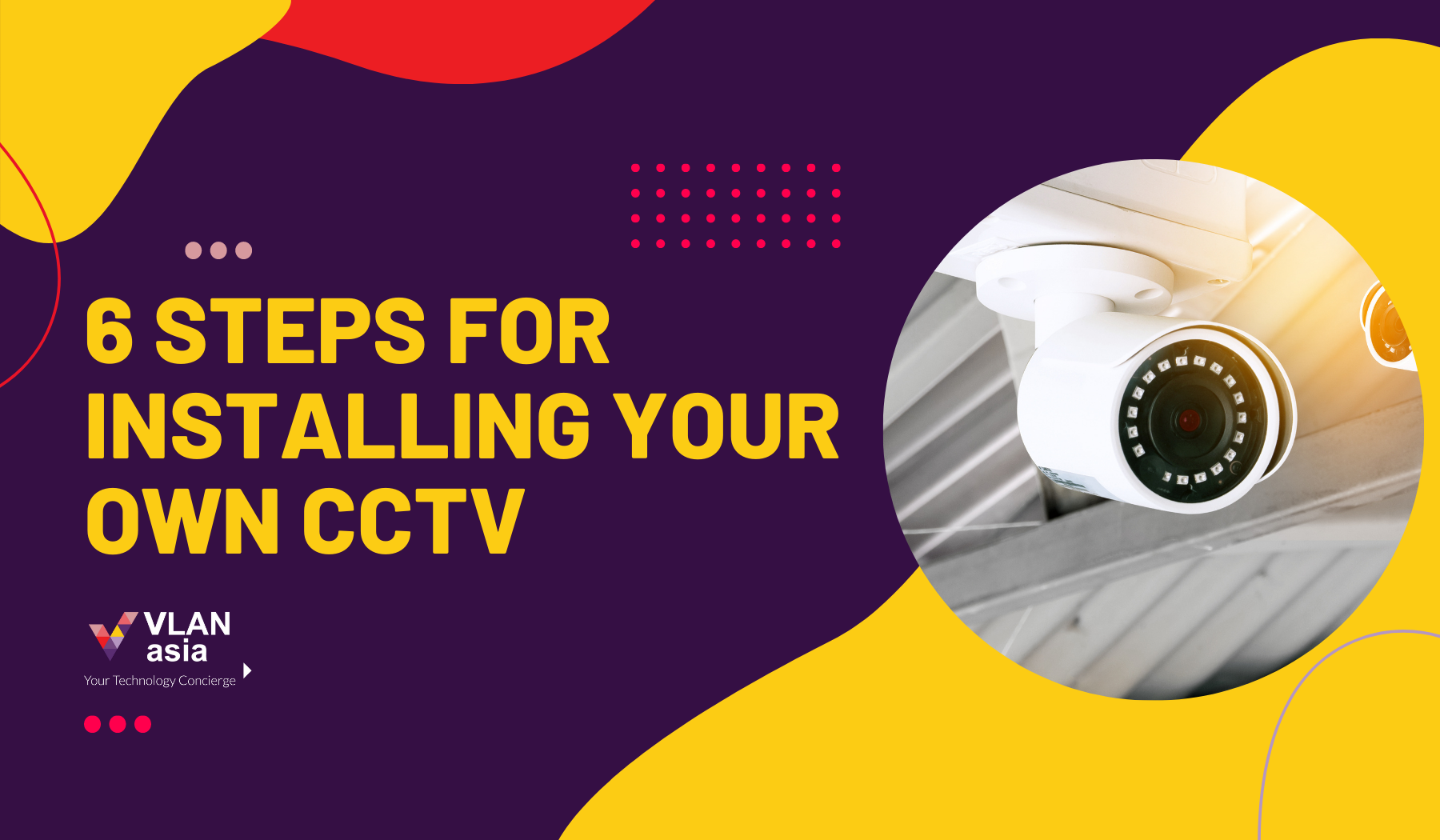6 Basic Steps to Installing a CCTV
Camera System
Installing a CCTV camera system is a great way to keep an eye on your home, office
or commercial property. It can also help protect you from theft and fraud cctv Singapore. However,
installing a CCTV camera can be difficult if you are not familiar with the process.
There are many factors to consider when installing a CCTV camera system, including
choosing the right equipment and ensuring that everything is working properly. Here
are 6 basic steps to help you get started:

Pick the Right Place
The first step in installing a CCTV camera is to choose a good location for it. This will
ensure that you have a high-quality image and that your camera has the right field
of view home security system Singapore. You should avoid placing it directly on doors, windows or any sources of
light as this can degrade the image quality.
You should also make sure that you have enough room to run wires from the camera
to the DVR unit. This can be done by planning the route ahead of time and ensuring
that there is sufficient space for cables to run freely.
Once you’ve chosen a good location, it’s time to assemble the parts of your camera
system. This typically includes a camera, a power adapter and a mounting bracket.
It’s also a good idea to buy a DVR, which is the brain of your system.
Depending on your needs, you may want to purchase individual cameras for
different locations within your home or business. This will give you more flexibility
and reduce the amount of wiring that you need to run.
Prepare All the Tools You Need
Before you begin the actual installation process, you should make sure that you
have all of the tools and materials that you need. This can include a screwdriver,
drill, power adapter or receiver, and wire moulding to keep your cables neat and
tidy.

Next, you’ll need to decide which type of camera you need to use: indoor or outdoor.
Indoor cameras are designed to work only inside your home, while outdoor ones are
able to monitor your property from outside.
It’s important to note that there are a variety of options for each type of camera, so
you should be sure to select the best fit for your needs. For example, motion-sensing
cameras are a good option for areas where you may need to be aware of movement.
You can also check with a specialist to find out which type of camera would be best
for your needs. This will allow you to select the right camera for your situation and
save money in the long run.
Connect your Cables and Wires
After you have installed your CCTV camera, the next step is to connect it to the DVR
and your home network. This will allow you to view footage on a computer or
monitor in your home. This can be done either wirelessly or with a wired connection.
Once you have connected the DVR and the wires, it’s a good idea to go over each
camera’s feed to ensure that it is functioning correctly. This will prevent you from
having to replace faulty cameras later on.
